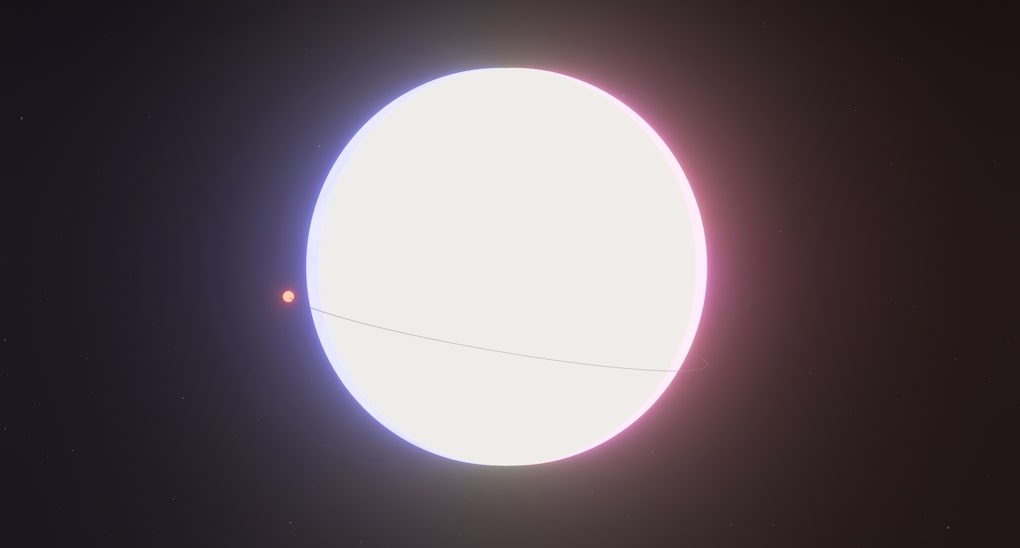Of the over 5,000 identified planets outdoors our photo voltaic system, probably the most dramatic is 55 Cancri e. Affectionately generally known as the “hell planet,” it orbits so near its star that it reaches temperatures of three,600 levels Fahrenheit and its floor is considered to lined in an ocean of lava. Situated 40 light-years away, the planet has been a supply of fascination for its excessive circumstances, and lately researchers shared a brand new concept for the way it acquired so scorching.
The planet orbits its star, 55 Cancri A, at a distance of 1.5 million miles which suggests a yr there lasts lower than a day right here on Earth. “Whereas the Earth completes one orbit round our solar in 12 months, the planet studied right here orbits as soon as each 17.5 hours, hugging its host star, 55 Cnc,” stated research creator Debra Fischer of Yale College in a press release.
Researchers used a device known as the EXtreme PREcision Spectrometer (EXPRES) on the Lowell Observatory’s Lowell Discovery Telescope in Arizona to have a look at the sunshine coming from the host star and centered on the way in which that gentle modified when the planet moved between the star and Earth. This instructed them that the planet orbits across the equator of the star, which is totally different from different planets within the system. There are 5 exoplanets within the system, with a pair of stars on the middle, and the planets orbit at totally different levels respective to the orbital aircraft.
That is in contrast to our photo voltaic system, the place the entire planets primarily sit in the identical flat aircraft. In our case, that is most likely as a result of all of the planets fashioned from the identical disk of mud and gasoline. So the truth that they’re totally different orbits seen within the 55 Cancri techniques means that these planets might have fashioned in several methods.
The planet 55 Cancri e is assumed to have fashioned in a cooler orbit earlier than being pulled in near the star. That’s the way it ended up so scorching. “Astronomers anticipate that this planet fashioned a lot farther away after which spiraled into its present orbit,” Fischer stated. “That journey might have kicked the planet out of the equatorial aircraft of the star, however this outcome exhibits the planet held on tight.”
The analysis is printed within the journal Nature Astronomy.
Editors’ Suggestions

